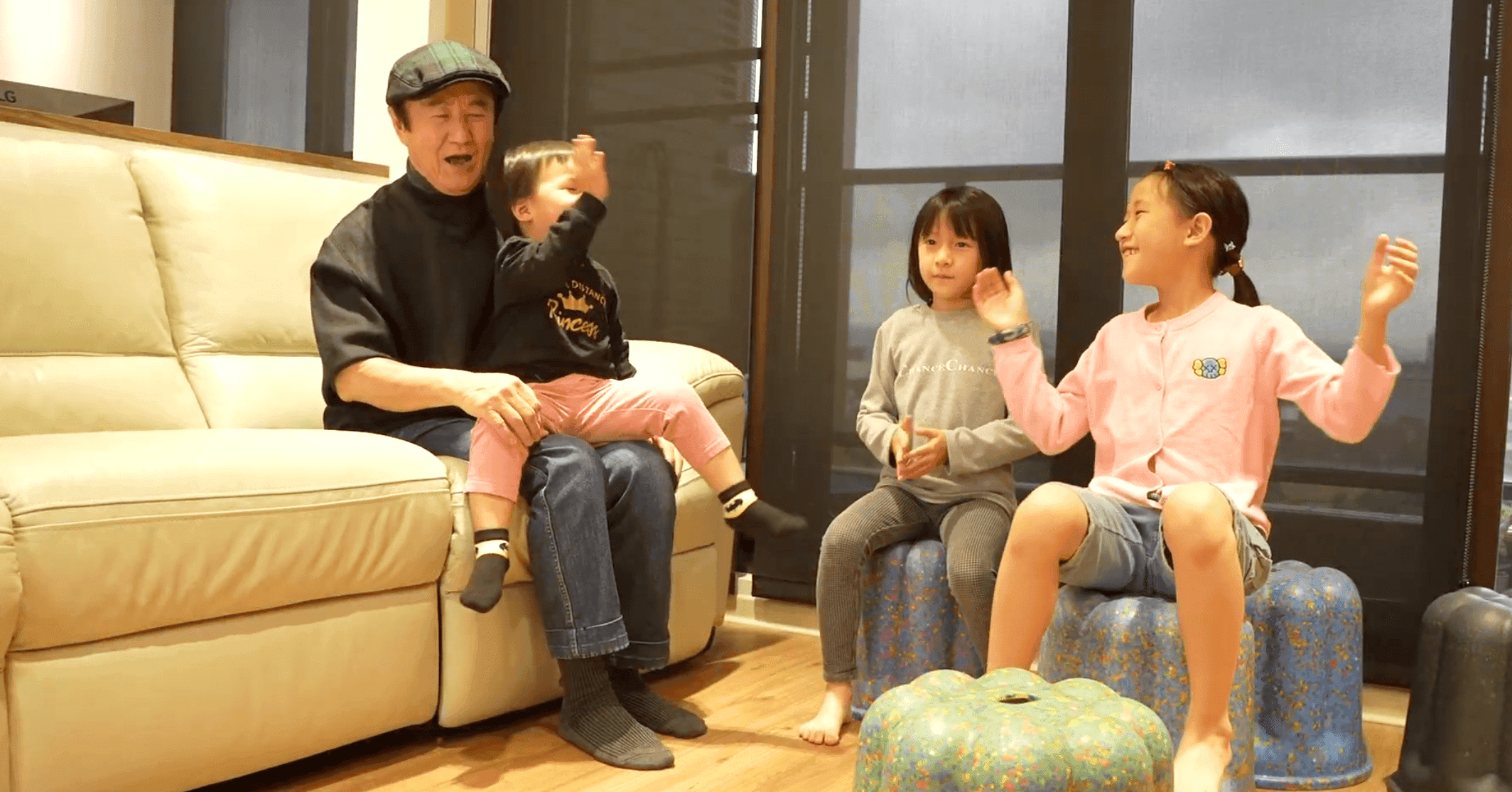1. Can you walk us through the material sourcing process and the technical challenges you faced when integrating such diverse materials into a single product?
The materials used in DOT Design’s re-ing product series include bamboo fiber, recycled plastic, ocean waste, and recycled toys—each with distinct characteristics. For the Tabouret Cannelé, the primary materials are sourced through partnerships with Taiwan’s Toy Library and local plastic recycling pellet producers. We collect used plastic toys and ocean waste, with a focus on recyclable HDPE.
The biggest challenge lies in cleaning and sorting materials from various sources, as they differ in both color and physical properties. To address this, we developed a specialized processing method that reworks the input into single-material HDPE pellets, enabling stable mass production.
2. Could you explain how the three distinct recycling systems you use work together to create this innovative design, and how do these systems contribute to the final product's durability and functionality?
We integrate three recycling systems—large-scale toy recycling, daily household waste recycling, and ocean plastic waste collection—to shape our approach to circular design. Through centralized sorting and reprocessing workflows with our partner organizations, we secure a stable supply of single-material HDPE.
After the design stage, we work with mass-production factories in Taiwan experienced in recycled materials. These partnerships ensure that the final products maintain structural strength, stackability, and visual quality. The full process involves our partners collecting and sorting the materials, re-ing overseeing the design, and the factories executing production. This integrated recycling system is what we aim to promote globally.
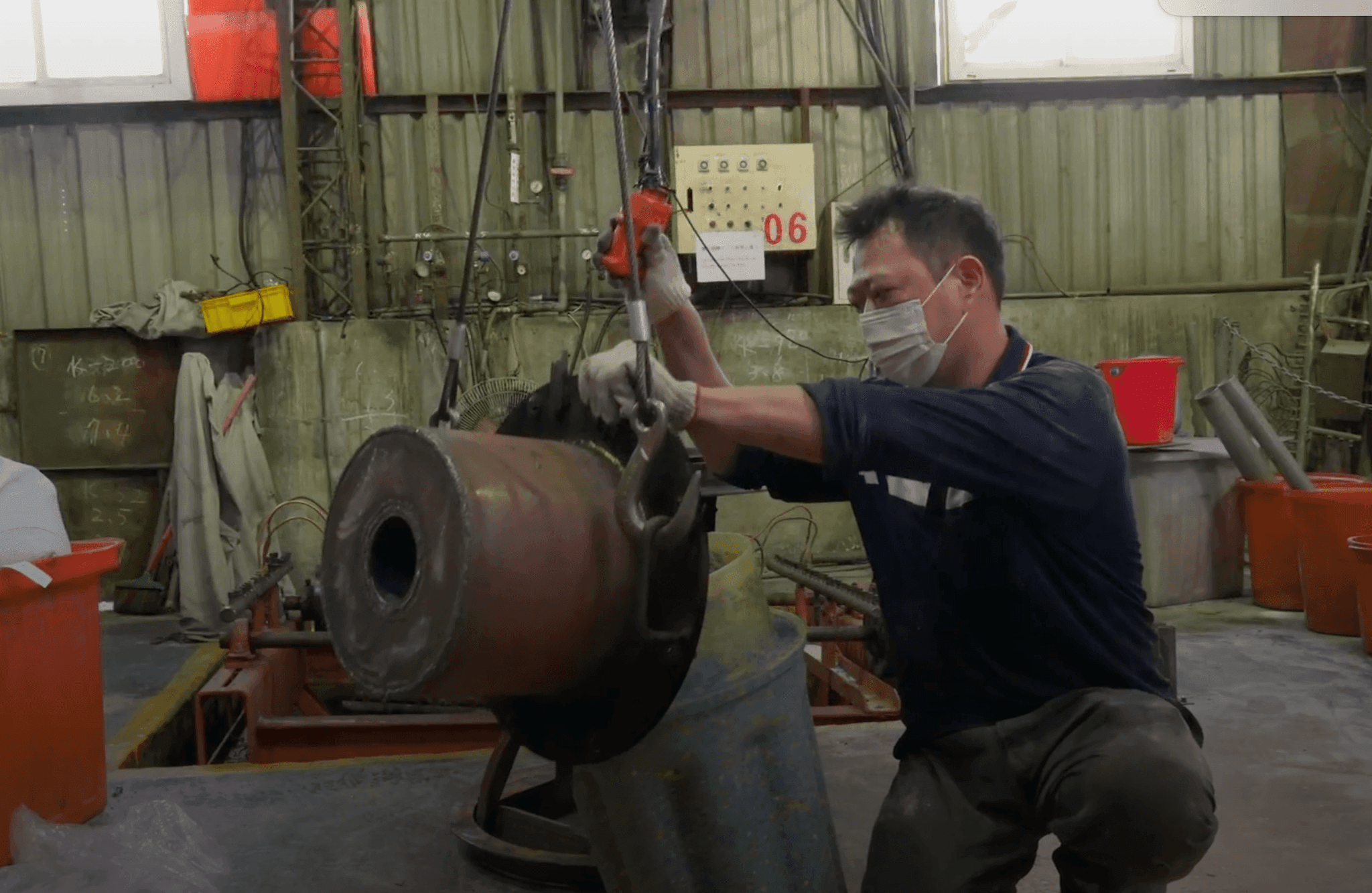
3. How did the specific choice of HDPE (high-density polyethylene) play a role in the product’s design? What unique properties does this material bring, especially with 50% recycled content?
The Tabouret Cannelé design centers on reusing large plastic playground equipment, such as worn-out outdoor slides. These materials are often too damaged for reuse and contribute to pollution. By blending 50% recycled playground equipment with 50% virgin HDPE, we ensure structural stability while supporting single-material recycling.
HDPE is lightweight yet strong, ideal for children’s furniture. Even with high recycled content, it maintains excellent flowability, allowing for rotational molding. This enables us to create refined, dessert-like forms without compromising safety or strength.
4. How did you ensure that the vibrant hues met aesthetic goals while maintaining your environmental ethos?
We don’t use any added dyes. Instead, we sort and blend existing colorful recycled toys to naturally create vibrant, distinctive colors. This process reduces the need for pigments and highlights the inherent beauty of recycled materials.

5. How do you approach testing the durability and safety of the Cannelé Tabouret, especially for children? What performance factors do you consider?
We perform load-bearing tests (exceeding 150 kg), impact drop tests, and edge safety evaluations, using both EU EN and Taiwan CNS standards. Most of the recycled toy materials originate from certified playground equipment. We also consult material safety experts, and the chair’s one-piece molded design enhances both durability and structural integrity.
6. How did the theme of baking and sweets translate into the design, and how do you ensure it resonates with both children and adults?
The Tabouret Cannelé draws inspiration from the shape of a French canelé mold, with rippled, rounded lines. It resembles both a dessert and a playful toy, sparking familiarity for children and nostalgia for adults. Through this design, we aim to express that “recycled can also be beautiful.”
This year, we're also preparing to launch a new donut-shaped seat using the same material—stay tuned!
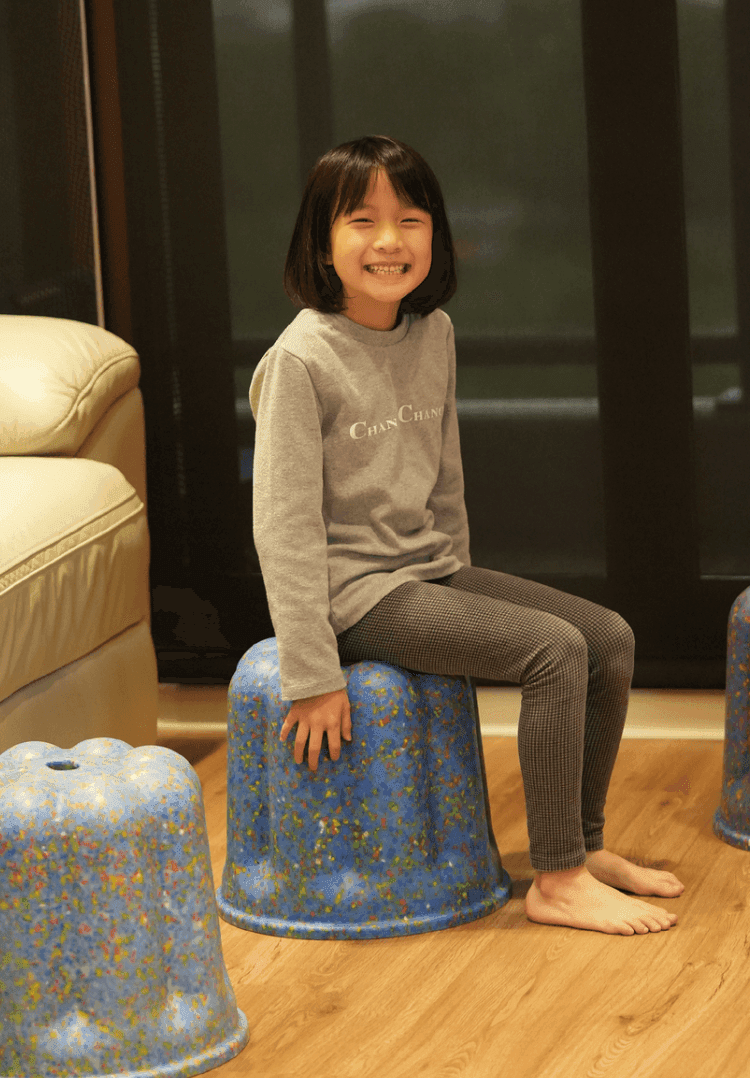
7. What were the engineering challenges in making the product stackable while maintaining structural integrity and ease of use?
We modified the seat and base angles to allow each stool to stack and nest easily without pressure points. Through rotational molding, we reinforced specific areas inside the chair, achieving a balance between lightweight design and strength.
8. How do you ensure material consistency and reliability in mass production when working with recycled toys and plastic waste?
We partner with certified recycling facilities that provide carefully sorted and pelletized materials, ensuring consistent quality and color. For color consistency, we use a pre-mixed color blending process.
Across our other products—such as our modular plastic cabinet, ocean waste trophies, and our upcoming ocean waste figurine series for Dutch Design Week—we prototype and test each production run thoroughly with long-term recycling partners in Taiwan.
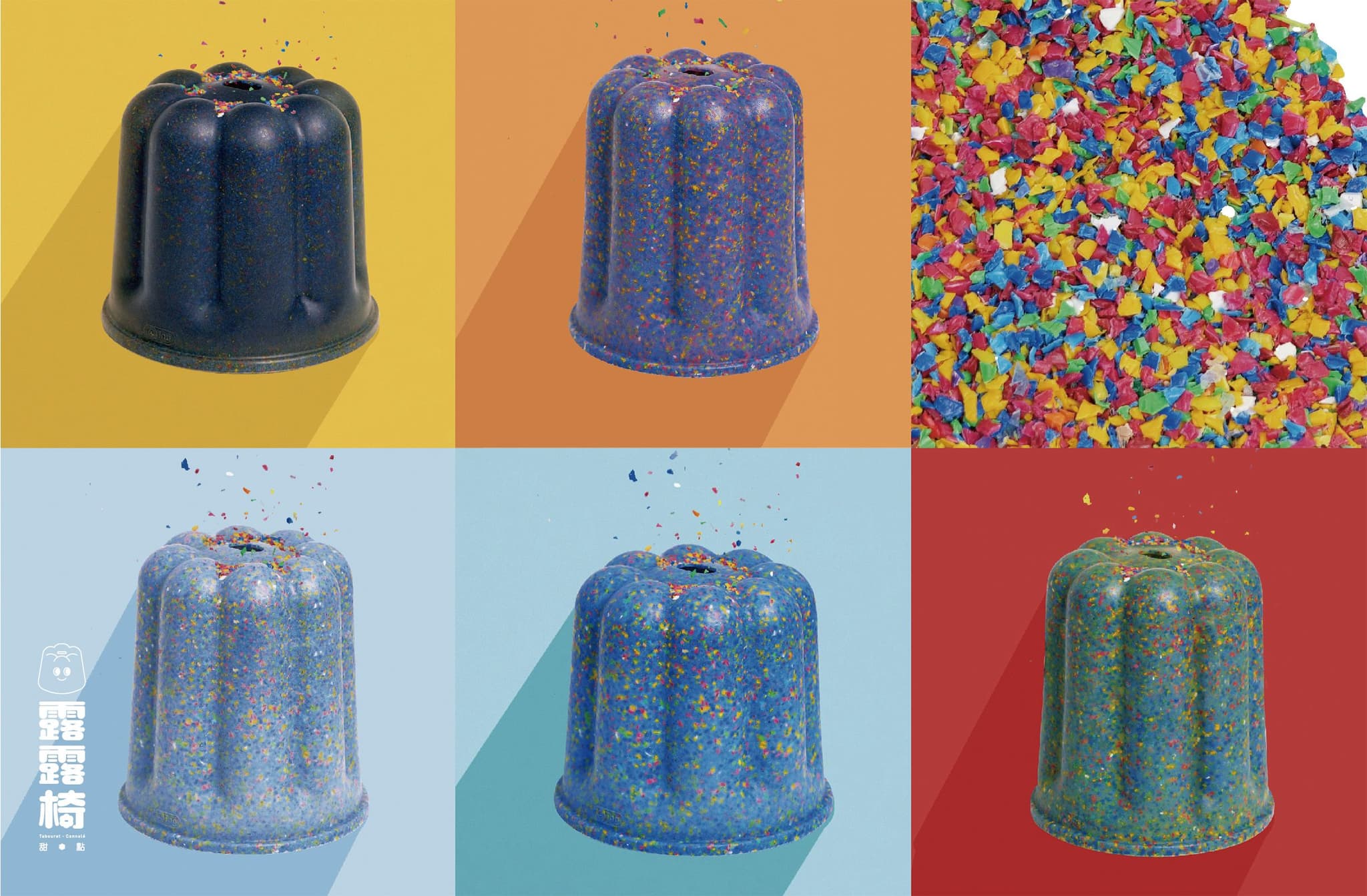
9. How do you see the Cannelé Tabouret playing a role in fostering environmental awareness among children?
The stool serves as both furniture and educational tool. Through our collaboration with the Toy Library, which hosts recycling workshops, children learn about the life cycle of materials. By interacting with the product, they develop hands-on environmental awareness.
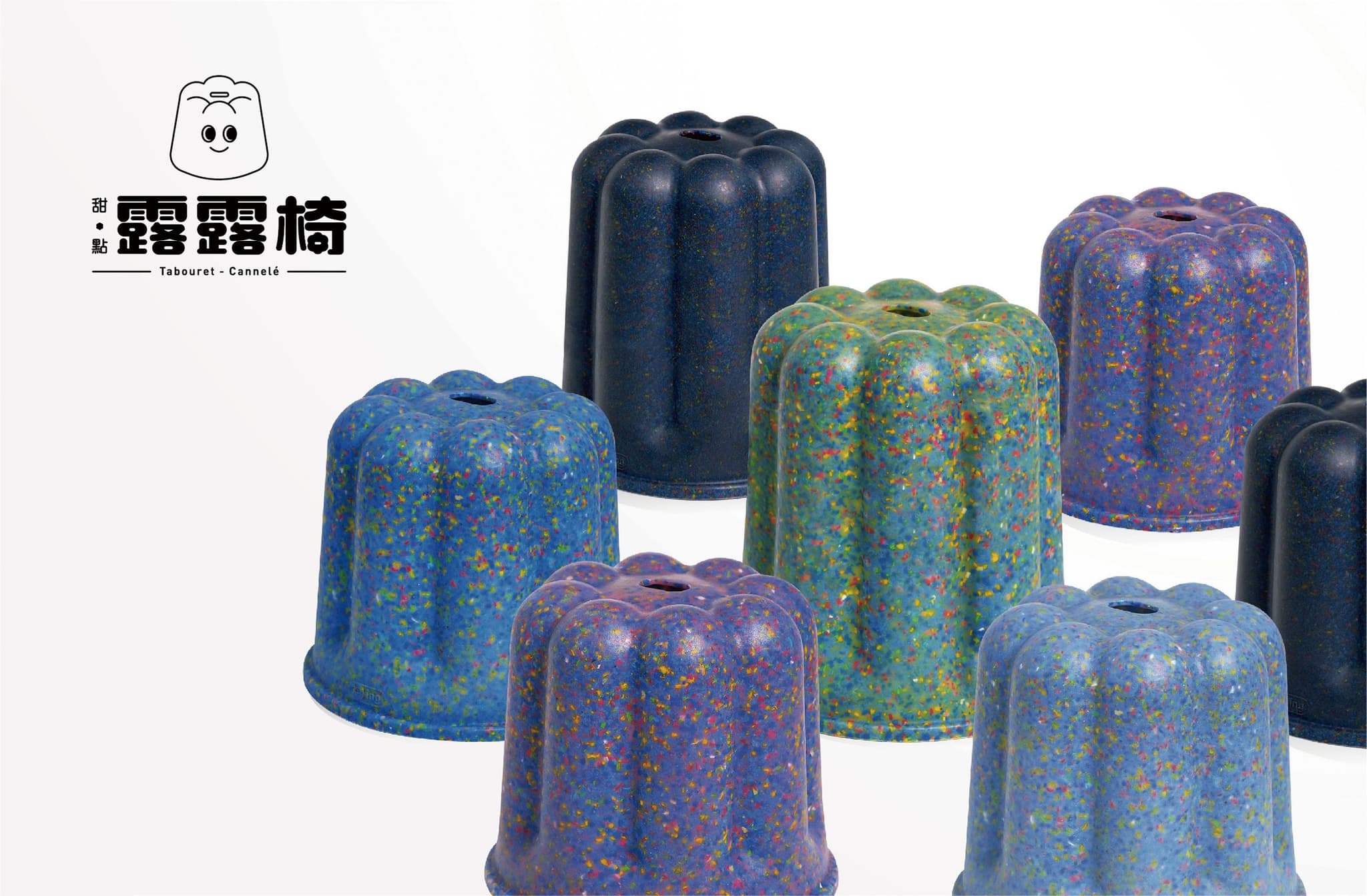
10. Looking forward, how do you envision expanding the use of recycled materials in children’s furniture design?
We see growing demand for safe, beautiful, and educational children's products. As recycling technologies evolve, recycled materials will become standard. Future designs will naturally integrate playfulness, aesthetics, and environmental value.
